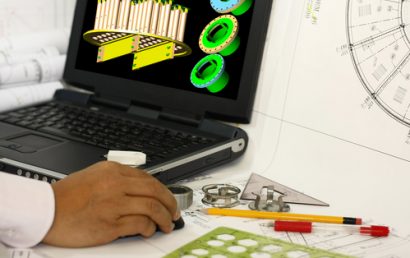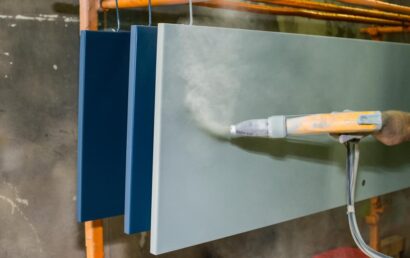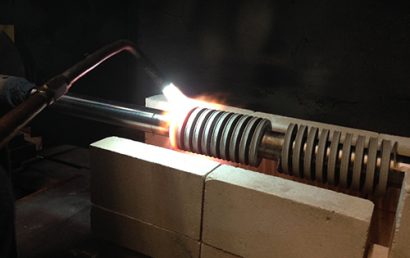How Well Does Ceramic Coating Protect Against Rust?
Rust remains one of the most serious concerns for vehicle owners. It often begins slowly, starting as a small chip or scratch, and eventually spreads until large sections of a car’s body are affected.
Many drivers today ask the same question: Does ceramic coating protect against rust? The answer is not as simple as yes or no. Rust develops due to a chemical reaction, and while a coating can slow this process, it cannot prevent it forever. Here are important details to understand.
How Rust Begins On A Vehicle
Rust forms when bare metal becomes exposed to oxygen and moisture. Vehicles come from the factory with multiple protective layers, including primer, paint, and a clear coat. These layers act as shields. When scratched or damaged, the underlying metal reacts with air and water.
Over time, this reaction causes corrosion that spreads. Even a small scratch that reaches the metal can lead to a larger issue if it is not addressed promptly.
The Role Of Water And Salt
Water is the primary factor in rust formation. When water comes into contact with exposed metal, it reacts with carbon dioxide in the air and creates a weak acid. This speeds up the breakdown of the metal.
Salt accelerates the process even more, whether from road salt used in snowy areas or ocean air in coastal locations. Salt contains electrolytes that help corrosion spread faster. This is why vehicles in beach towns or regions with harsh winters often develop rust sooner than those in dry climates.
Factory Protection And Its Limits
Modern vehicles are built using materials that resist rust better than in the past. Many bumpers and body panels use composites or plastics that do not rust at all. Primers and paints often include additives to slow corrosion.
Some manufacturers apply sealants or sell extra undercoating packages for added protection. These efforts help delay the onset of rust, but they are not foolproof. Once paint layers wear thin or the coating becomes damaged, the risk of corrosion returns.
How Ceramic Coating Works
Ceramic coating is a liquid polymer that chemically bonds to the clear coat of the vehicle. Using nanotechnology, it fills microscopic pores and uneven areas on the surface. After curing, it forms a thin yet extremely hard layer that is scratch-resistant, water-repellent, and fully transparent.
Because the surface becomes very smooth, water and dirt slide off more easily. This layer reduces the chance of corrosion by limiting the contact of water and oxygen with the clear coat and the metal beneath it.
For those asking, “Does ceramic coating protect against rust,” understanding this barrier is key.
Why Ceramic Coating Is Worth Considering
Living in an area with heavy road salt or near an ocean makes rust prevention even more critical. Even in drier regions, everyday scratches and chips increase the risk of corrosion. A ceramic coating strengthens the defense provided by factory paint and helps reduce the chances of rust forming. Professional application produces better and longer-lasting results than basic waxes or sealants.
For drivers who continue to ask, “Does ceramic coating protect against rust,” the answer is that it adds meaningful protection and significantly slows the corrosion process, though no solution is permanent.
A&A Coatings has been a leader in advanced coating applications for more than 70 years, helping industries protect and extend the life of vital parts. Our expertise in ceramic and thermal spray coatings delivers long-lasting solutions that combat wear, corrosion, and rust.
If you are ready to protect your vehicle with professional-grade coating, contact us at A&A Coatings today to schedule an appointment.



